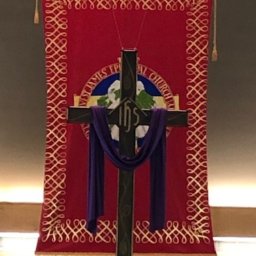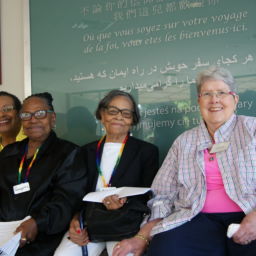By Simone Monique Barnes
Toni Morrison was an extraordinary architect of the written word; arguably the greatest writer of our time.
From her first novel, The Bluest Eye, published in 1970, we are introduced to the writer who was a masterful storyteller whose attention to details is often mind boggling. She is the writer’s writer. Everything in Morrison’s work is carefully chosen, and always intentional. Every word. Every character. Every space. Every line. Morrison’s detail oriented work makes real the notion of how God can know the number of hairs on our heads, as we see on the very first two pages of The Bluest Eye, that she has even thought through the spaces in between each and every letter of every word she writes. Then, on the very next page, we are hit directly with her unapologetic truth telling style, as she unfolds the story of incest, racism in American society, home, family, white ideals of beauty, peer pressure, and an adolescent Black girl’s tragic struggle to be comfortable in her own dark skin.
Toni Morrison transitioned to the ancestral realm on August 5, 2019. That she died at age 88, a number that somehow looks beautiful, mirrored, and whole on the written page, is a perfect bookend, as if even in death Morrison has thought through every detail.
In the Bible, the Book of John begins, “In the beginning was the Word, and the Word was with God, and the Word was God.” It should be no surprise that we began the inaugural Lenten Artist Salon series in early 2017 centered around the words of the wordsmith, Toni Morrison. Many of us were feeling scared, angry, numb, and shut down as the veil that hid (in plain sight) the full honest ugly truth about race in America had been lifted. How do we continue to do our work when we are fatigued and depressed with the world? We turned to Morrison’s critical essay, published in The Nation magazine on April 6, 2015: “No Place for Self-Pity, No Room for Fear: In times of dread, artists must never choose to remain silent.””
“I am staring out of the window in an extremely dark mood, feeling helpless. Then a friend, a fellow artist, calls to wish me happy holidays. He asks, “How are you?” And instead of “Oh, fine—and you?”, I blurt out the truth: “Not well. Not only am I depressed, I can’t seem to work, to write; it’s as though I am paralyzed, unable to write anything more in the novel I’ve begun. I’ve never felt this way before, but the election….” I am about to explain with further detail when he interrupts, shouting: “No! No, no, no! This is precisely the time when artists go to work—not when everything is fine, but in times of dread. That’s our job!””
As we sat, Harlem Renaissance style, in the living room of St James’ Orange Building, we asked ourselves, “In a season of darkness, why is it important to engage in meaningful work? What doesn’t get told if I don’t create new work during this season?”
If we take the extraordinary canon of Morrison’s work as an inspired roadmap of what we should do when the world is heavy, this is not the time for us to rest. It is, instead, time to clock in, and get to work.
“This is precisely the time when artists go to work. There is no time for despair, no place for self-pity, no need for silence, no room for fear. We speak, we write, we do language. That is how civilizations heal.”
Read the full text of her essay online at https://www.thenation.com/article/no-place-self-pity-no-room-fear/
Read Toni Morrison’s Biography online at







